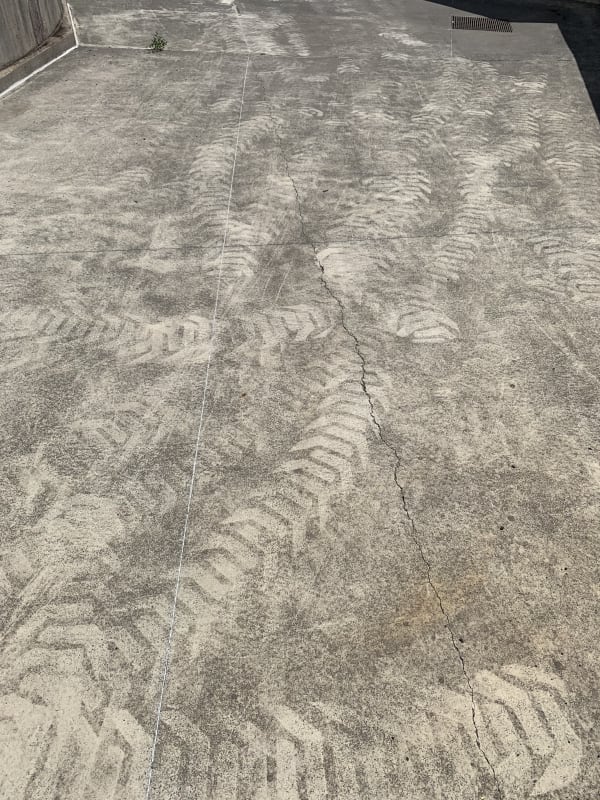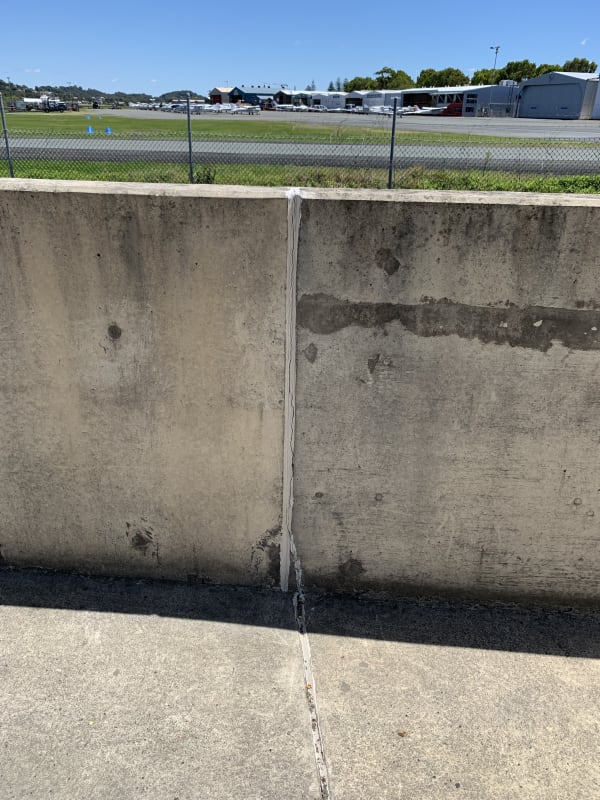ChalMel13
Civil/Environmental
- Aug 1, 2022
- 17
Hi all,
I was inspecting a bund wall and I found 3 cracks on the expansion joints (see pics). The bund has concrete floor and walls and is just 10 yrs old. The drawings indicate that expansion joints has metal waterstop but in two occasions where sealant is coming off I can't see it. In 30% of the joints I can see the waterstop on the top of the wall but in the rest it is not apparent if they have been installed.
All three cracks are on the outside of the wall. One of the joint cracks is located on the Diamond Floor Joint (Construction Joint) where the other two are where the intermediate bund wall connect to the main wall. Operators reported that sealant is leaking on those joints
Could those crack been due to incorrect construction or due to shrinkage?
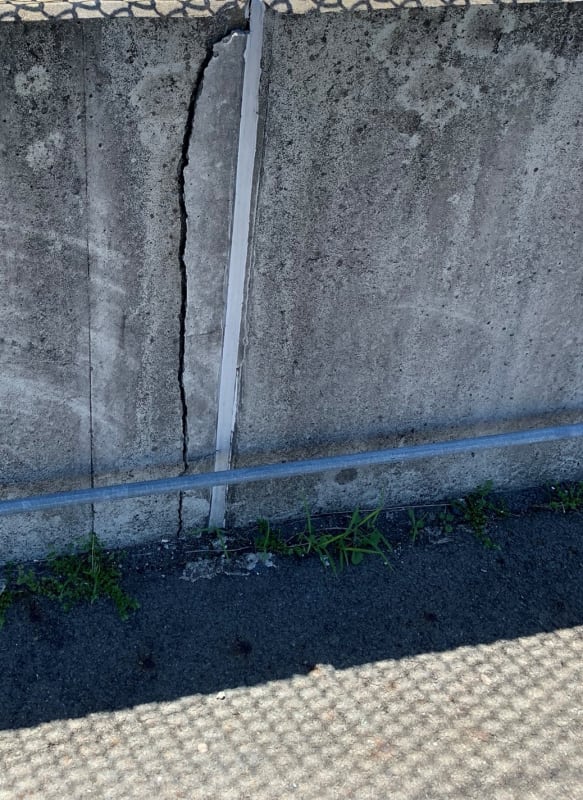
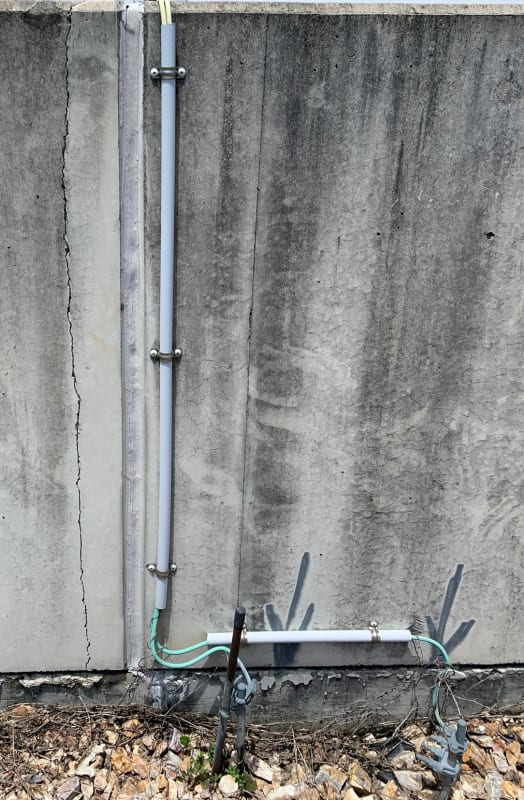
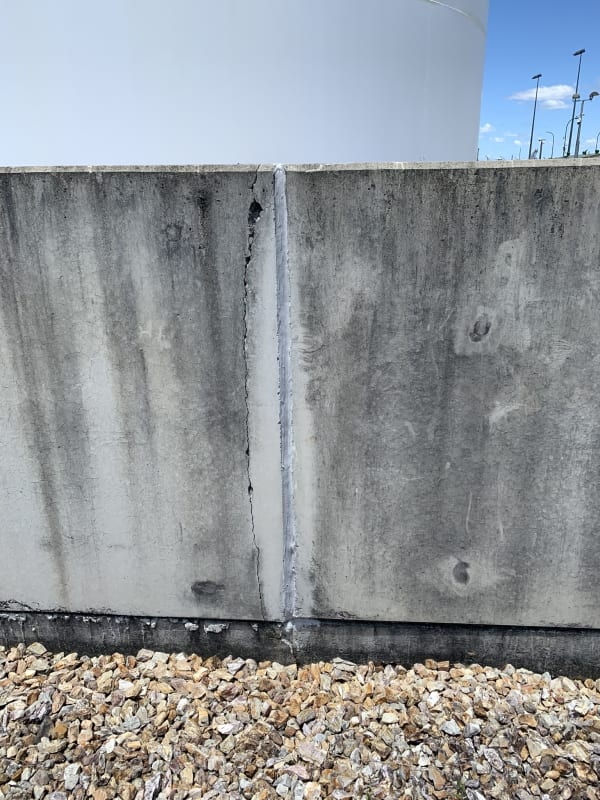
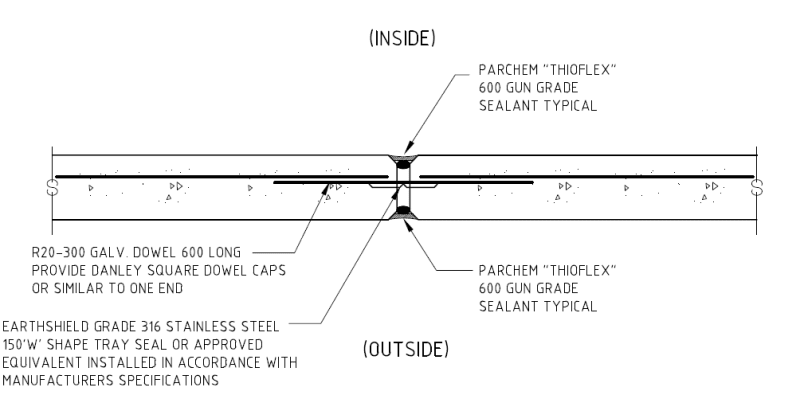
I was inspecting a bund wall and I found 3 cracks on the expansion joints (see pics). The bund has concrete floor and walls and is just 10 yrs old. The drawings indicate that expansion joints has metal waterstop but in two occasions where sealant is coming off I can't see it. In 30% of the joints I can see the waterstop on the top of the wall but in the rest it is not apparent if they have been installed.
All three cracks are on the outside of the wall. One of the joint cracks is located on the Diamond Floor Joint (Construction Joint) where the other two are where the intermediate bund wall connect to the main wall. Operators reported that sealant is leaking on those joints
Could those crack been due to incorrect construction or due to shrinkage?






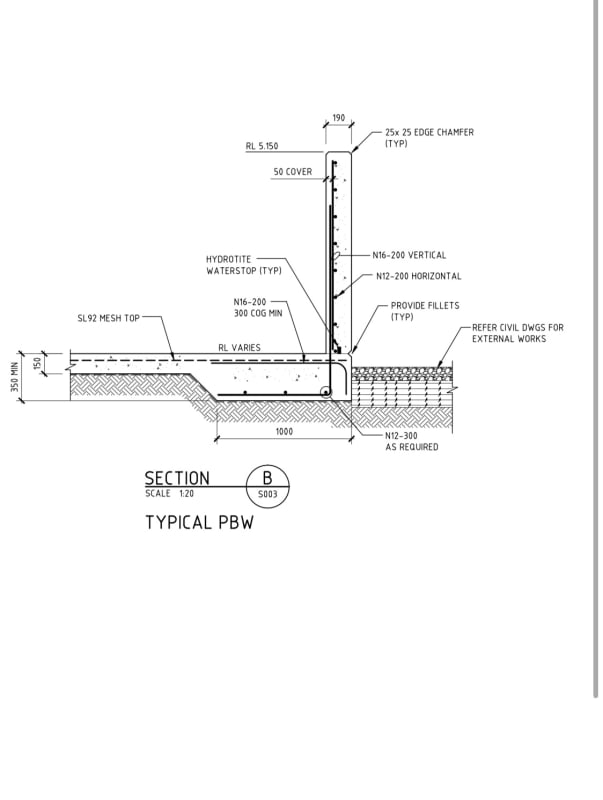
![[tongue] [tongue] [tongue]](/data/assets/smilies/tongue.gif)
